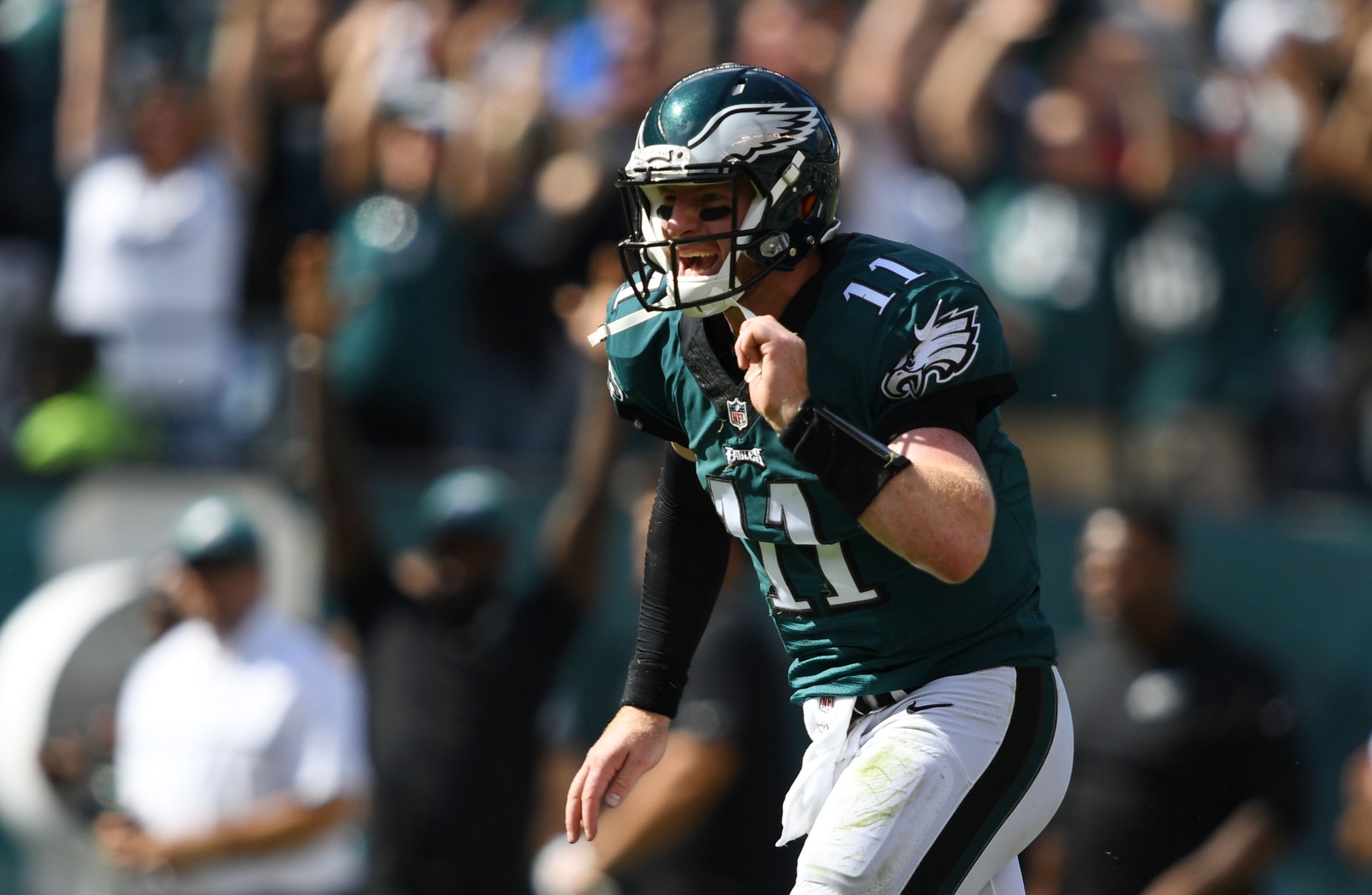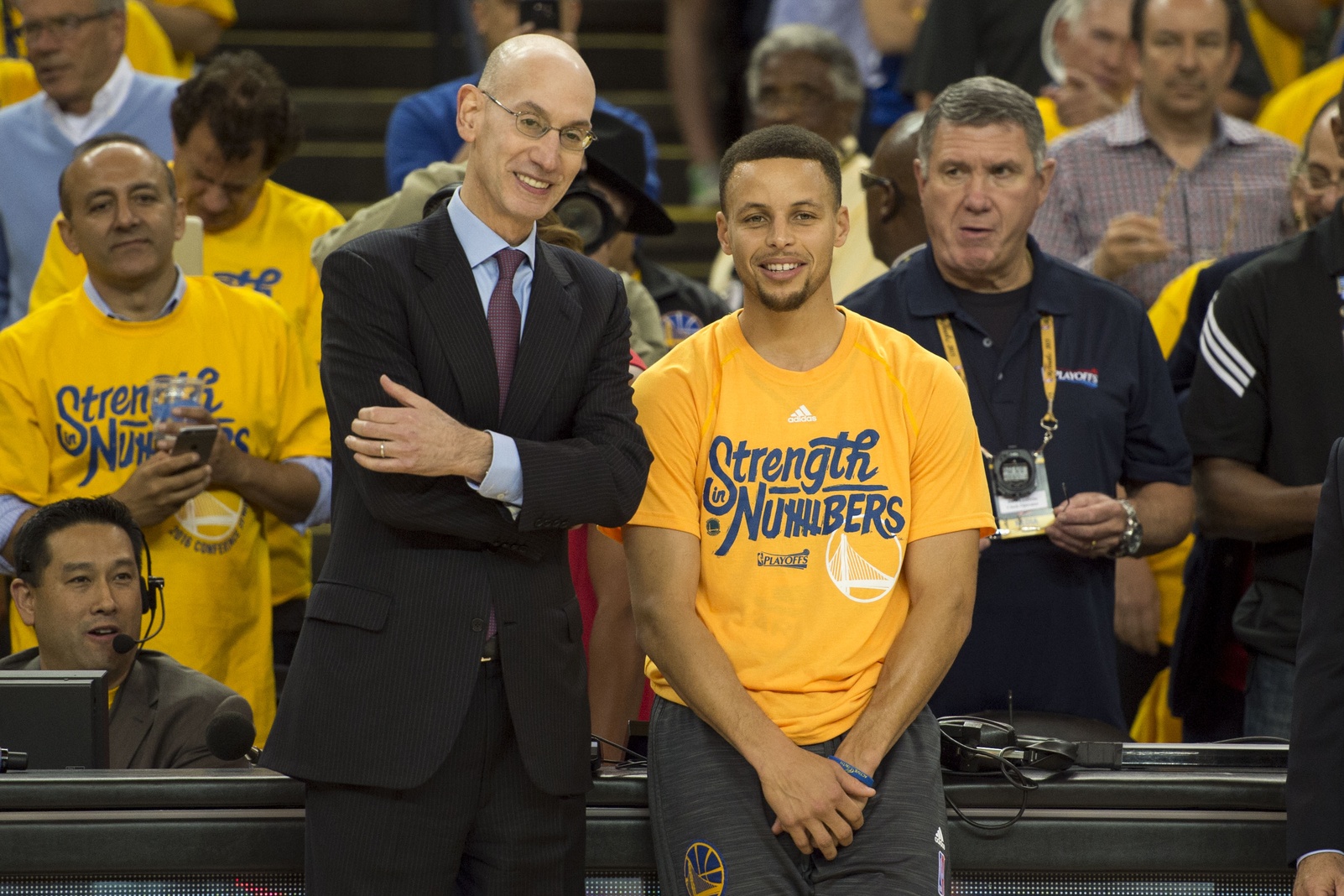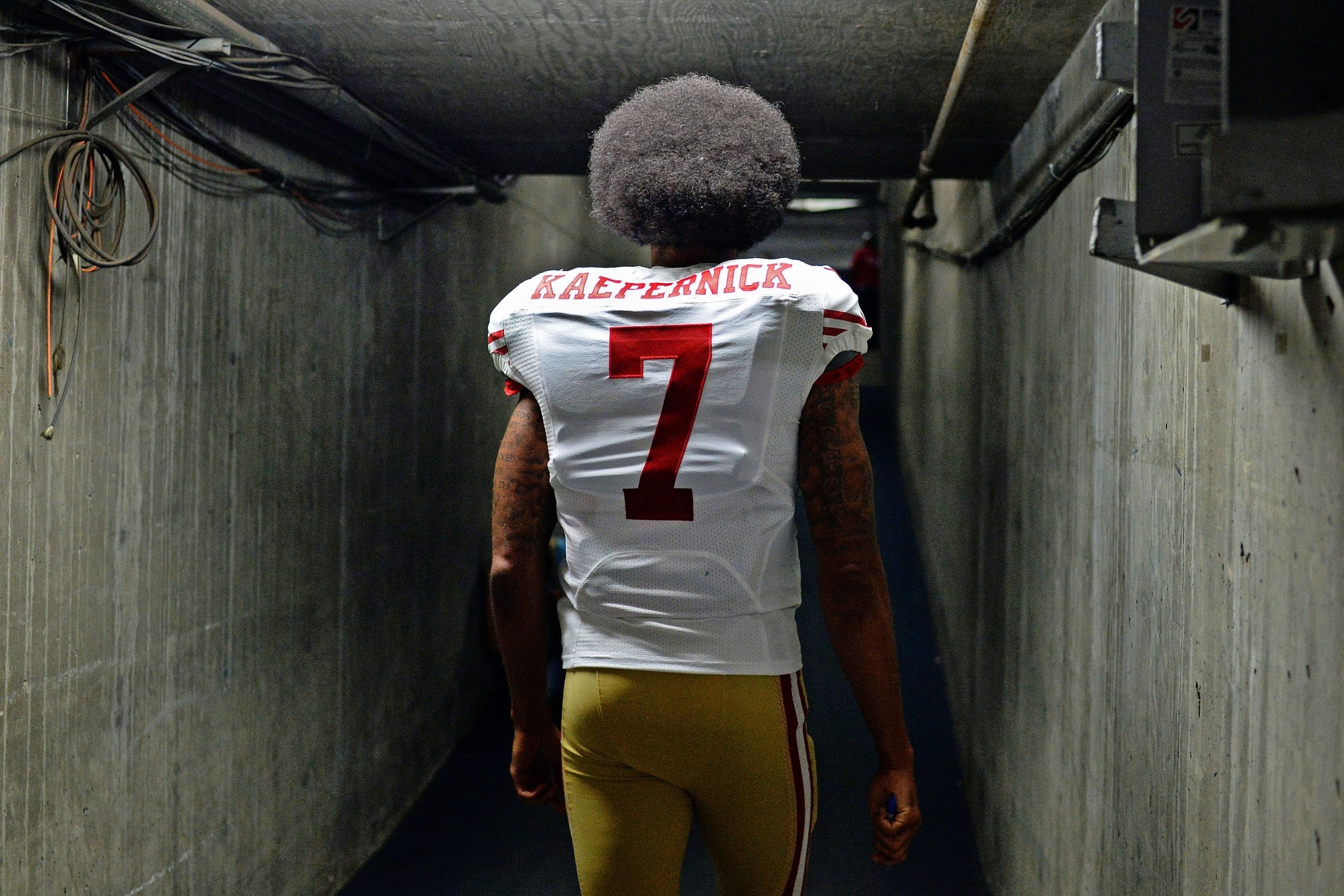
The National Football League remains the single most watched entity in North American professional sports.
It’s not necessarily close. Really, the other three major sports leagues are simply battling for second place.
Take the 2015 calendar year as an example of this.
According to Sports Media Watch, the NFL represented 43 of the top-50 largest sports audiences in the United States in 2015, including 14 of the top 15.
Six different NFL games garnered 40-plus million viewers in 2015. For comparison’s sake, not a single baseball game saw as much as 20 million viewers.
The decisive Game 6 of the 2014-15 NBA Finals between the Cleveland Cavaliers and Golden State Warriors took in 23.3 million viewers. A total of 34 NFL games drew better ratings, including a less-than-entertaining Week 4 game that saw the Green Bay Packers throttle the San Francisco 49ers 17-3.
This tells us a story of a sports entity that’s absolutely dominating the entertainment landscape in America.
With that said, ratings around the NFL have dropped during the first two weeks of the 2016 regular season. In particular, Monday Night Football has taken a hit.
According to Sports Business Daily (h/t Pro Football Talk), the Philadelphia Eagles’ 29-14 win over the Chicago Bears took in an overnight rating of 8.3. That’s down an absurd 11 points from last season’s Week 2 Monday Night Football matchup between the New York Jets and Indianapolis Colts.
Okay, so that might just be a one-game slide in ratings. After all, prime time network television started its new season on Monday.
Well, that’s until we realize Week 1 was also an absolute disaster ratings-wise for ESPN on Monday Night Football.
The first game of the opening-week twin-bill between Pittsburgh and Washington scored a 9.1 rating. Meanwhile, the San Francisco 49ers’ blowout win over the Los Angeles Rams drew a 7.1 rating.
While the Steelers’ win over Washington saw a seven percent decline in ratings, the second game dropped 25 percent from the same time slot the previous season.
In fact, more people watched that game in San Francisco than Los Angeles, where an NFL game was being viewed in its home market for the first time in over two decades (via Forbes).
Why the steep decline in interest? What is playing a role in the American public being less interested in football this year than last season?
There are a lot of different variables to take into account. Some of the NFL’s own doing. Some representing pure conjecture on our part. Let’s take a look at a few potential causes.
 We would love to eliminate one possibility out of the gate. The entire idea that the Colin Kaepernick-led national anthem protests are somehow impacting viewership should be considered absurd.
We would love to eliminate one possibility out of the gate. The entire idea that the Colin Kaepernick-led national anthem protests are somehow impacting viewership should be considered absurd.
That’s until we look at the numbers.
Consider this: A poll conducted by Rueters (h/t CBS Sports) earlier this month showed that 72 percent of Americans thought Kaepernick’s actions were unpatriotic while 61 percent indicated they do not support the stance or actions Kaepernick has taken.
Not supporting someone is one thing. Boycotting a sport that’s quickly become America’s national pastime is a completely different thing.
Another poll that’s more indicative of America’s football-watching audience — conducted late last month by ESPN — shows a tad more support for Kaepernick and his stance.
It’s still split along the demographics. You can break it down by race, religion, gender and age. One thing is clear, those representing the largest audience are the very same ones that polls suggest have the biggest issue with the national anthem protests.

A total of 77 percent of NFL fans are Caucasian. The 55-plus age demographic also represents the largest percentage of gridiron fans.
Okay. So is that the crux of the issue? Is there a racial and age split here? Well, of course there is. That’s the dynamic of race relations in the America today.
Also not too surprising, party affiliation tends to be split among age and race — also representing the same statistical split we covered in focusing on the demographics of NFL fans.

In looking at these numbers, it’s actually not too unrealistic to draw the conclusion that the anthem protest controversy has played a role in NFL’s ratings taking a hit early in the 2016 season.
That can’t be the sole reason, right? There has to be other variables in play here.
Maybe the NFL itself is to blame for the decreased interest in its product. The league has not necessarily found itself as a popular figure among the American public. To conclude this wouldn’t be considered too much of a reach.
From the league’s handling of the Ray Rice domestic violence situation two years ago to how it seemingly covered up head trauma related to playing football, the NFL is in the midst of a bad PR cycle.
It’s a cycle that’s been further brought to the forefront in Will Smith’s Hollywood hit Concussion as well as multiple former NFL players speaking out against the league’s handling of Chronic traumatic encephalopathy (CTE) and other brain-related diseases (more on that here).
These are the same former players that are detailing (or whistle-blowing) about the widespread use of painkillers within the league.
As mainstream America becomes more conscious of the side effects of playing football, some are removing their children from the game itself. Who are we to say that these same parents are not losing interest in the professional product? That surely could be a part of it.
While there’s been a down-tick in off-field issues relating to players in the NFL, the league itself is still facing an image problem. It’s handling of the Deflategate scandal is a prime example of this.
Equally as important, the image of NFL players don’t necessarily fall in line with the image of professional athletes in other sports, primarily what we’re seeing within the confines of the NBA’s best.
When was the last time we heard Stephen Curry, LeBron James, Dwyane Wade, Anthony Davis, Kevin Durant or Russell Westbrook in the news for the wrong reason?
Heck, most of the coverage we’re seeing there focuses on all the good these stars do. From Westbrook surprising a single mother with a new car (watch here) to Curry donating his NBA MVP prize to charity, the image of NBA players is much stronger than those in the NFL. That’s a fact we simply can’t look past.
The overreaction element, however, could be the biggest outlier here. We’re two weeks into the NFL season. The data collected in this article and those of its ilk take into account a total of three games.
Could it be that the product itself is the reason viewership has dwindled? San Francisco’s win over Los Angeles being a prime example of this.
That wasn’t what we’d call an excellent football game. During a stretch at about the midway part of the game, the two combined for nine consecutive punts. Yeah, let’s tell the average NFL fan to watch that type of performance between two teams that combined to win three less games than the Carolina Panthers last season.
In the end, we are going to need a larger sample size to draw a final conclusion. With that said, all the factors listed above have likely played a role in NFL ratings taking a hit early this year.
We might want to point a finger at Kaepernick and all those taking part in the anthem protest. And there’s at least some statistical legitimacy behind that. But if your response to non-violent protest is to boycott a game you love, that’s pretty much on you.
The NFL will continue to dominate the ratings, and these players will continue to speak out against perceived inequality in the United States. Go ahead and watch Big Bang Theory instead. We’re pretty sure the NFL won’t be losing any sleep over it. Two weeks of mediocre ratings won’t change this.


